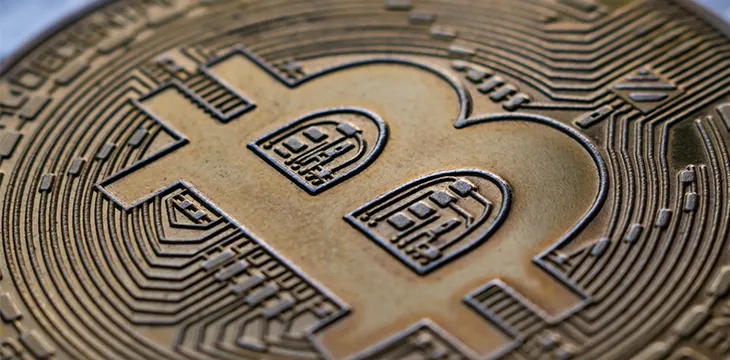|
Getting your Trinity Audio player ready...
|
In poetic irony, the BTC halving has set off a domino effect on block reward miners that will end with many unable to continue.
A domino effect is a chain reaction of sequential collapses based on one triggering event. It ends once all participants in the linked world have fallen over. In the BTC network, the first block to fall seems inconsequential at first glance, but it was significant from the perspective of block reward miners. I’m referring to the market price of BTC. At the time of this writing, BTC has failed to stay above the $10,000 price barrier.
Traders might not fret about the price falling to rise, provided it does not drop. Depending on where they bought in, they could still be in profitable territory.
Overnight, block reward miners went from eking out a small profit to mining at a loss as part of the fallout from the halving. No indicators are signaling that relief is in sight from new entrants FOMOing in to drive up the price.
The next block to fall was the BTC network hashrate, which dropped by over 30% to 81 EH/s on May 17th. The network’s computing power has yet to fully recover to its high of 136 EH/s signaling that block reward miners are shutting down ASIC rigs during this period of price uncertainty.
It’s widely accepted that some block reward miners would scale back or leave the network after the BTC halving. Many of them are operating older, less efficient miners such as the Antminer S9, which now cannot cover the cost of discovering a block.
BTC market price stagnation disincentivizes new entrants from joining the network to maintain its infrastructure. It also dampens enthusiasm for investing in hardware upgrades from existing participants. Any combination of these could fill the gap left by those who exit.
The hashrate decrease has caused an uptick in the mean block interval time, jumping to as high as 14 minutes on May 17 per BitInfoCharts. This response is significant because, in simple terms, it means sending transactions on BTC will take longer regardless of the fees paid.
The problem will persist until the difficulty algorithm readjusts or more nodes rejoin the network. This block falling will have lasting effects long after the BTC network production stabilizes.
For consumers, a few extra minutes waiting to send a transaction might not seem like an enormous deal. According to Blockchain.com, the mempool size has already reached a six-month high and still climbing. BTC protocols do not process transactions in the order that they arrive.
Because of the artificial block size limits imposed on BTC by its core developers, the problem grows more severe. This backlog of amassed transactions will not clear soon, leaving senders who paid lower fee prices waiting much longer than expected to complete the transaction.
The BTC network is failing to produce the average 144 new blocks per day that block reward miners build their revenue forecast on top of. For example, on May 17, the BTC blockchain only generated 95 blocks. The increased interval leaves block reward miners grappling with a quartering on what remained of their dismal revenue forecast after the halving.
Despite the supreme confidence block reward miners portray to the public, these market events force even their most ardent supporters to question if a positive outcome is achievable for block reward miners. Once block reward miners decline, where does that leave ASIC hardware manufacturer? There will be less demand for their product.
These are conversations they’re most likely having behind the scenes while they keep their community out of the loop. Not just block reward miners and hardware suppliers, but bucket shops and BTC hedge funds.
Typically, once a chain reaction starts, only an external force can stop it from completing its cycle since existing participants have already stood their ground and refused to change. Like the price “moon” prediction built on a fallacy, so is BTC’s rescue by new entrants and broader adoption.

 07-11-2025
07-11-2025 





